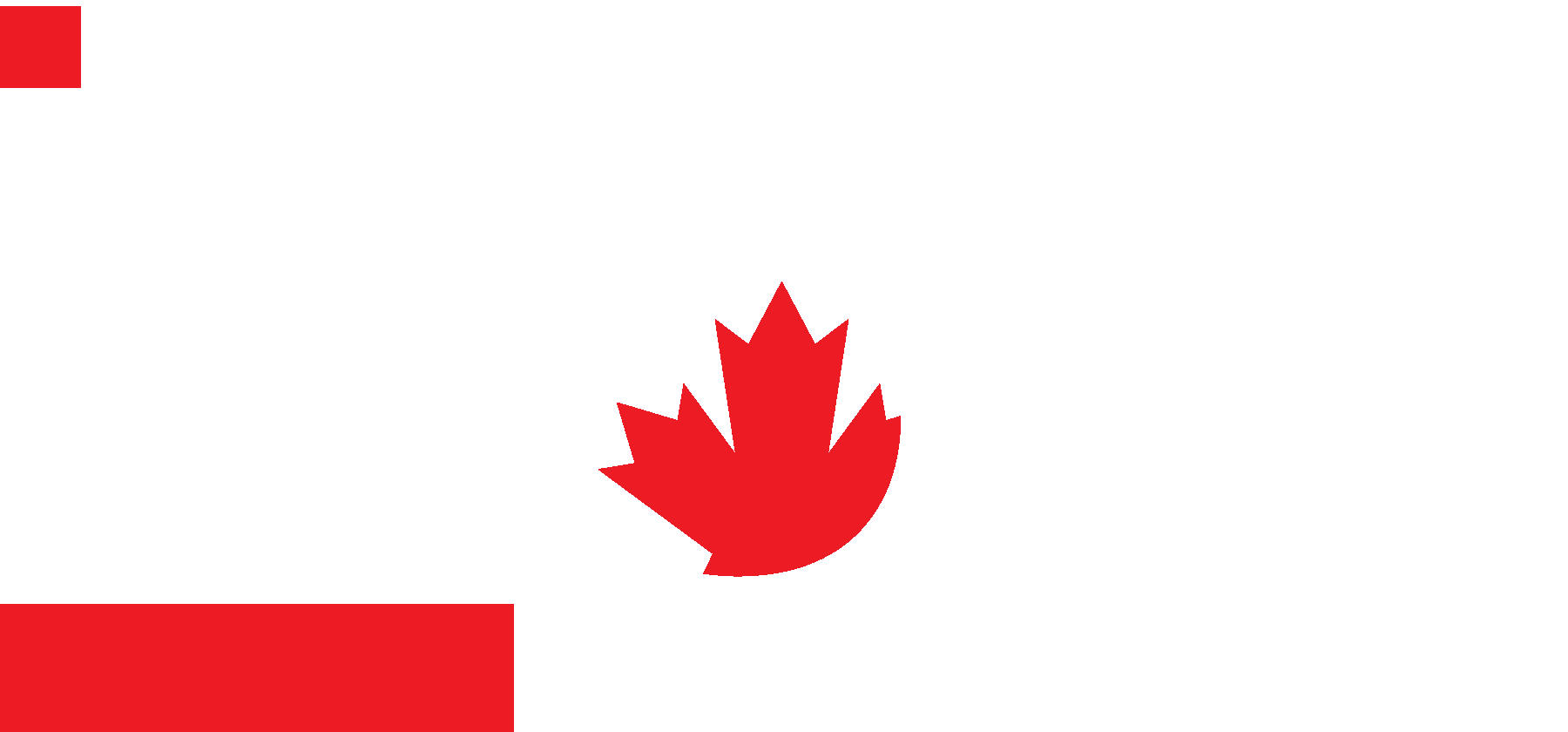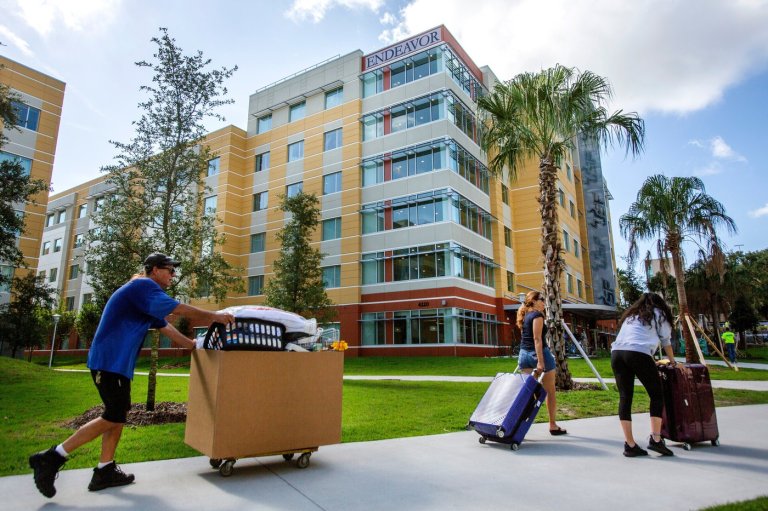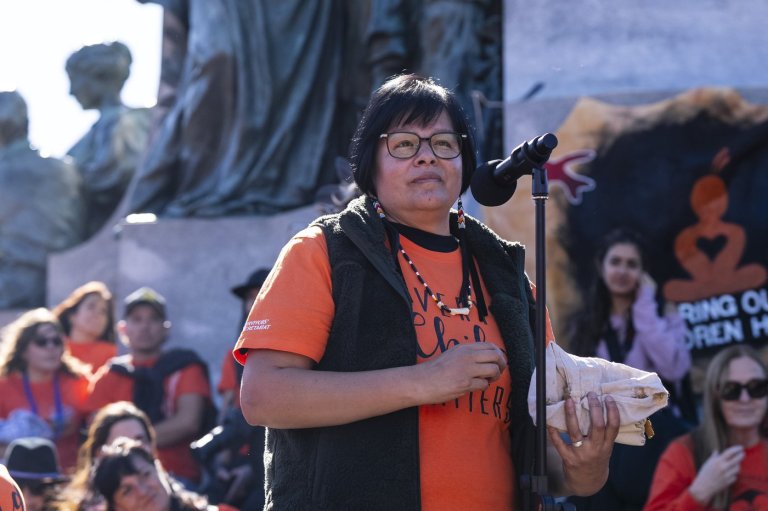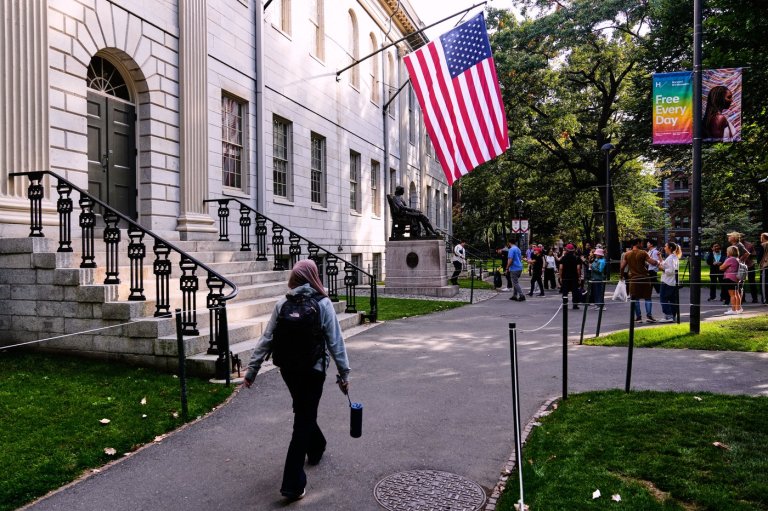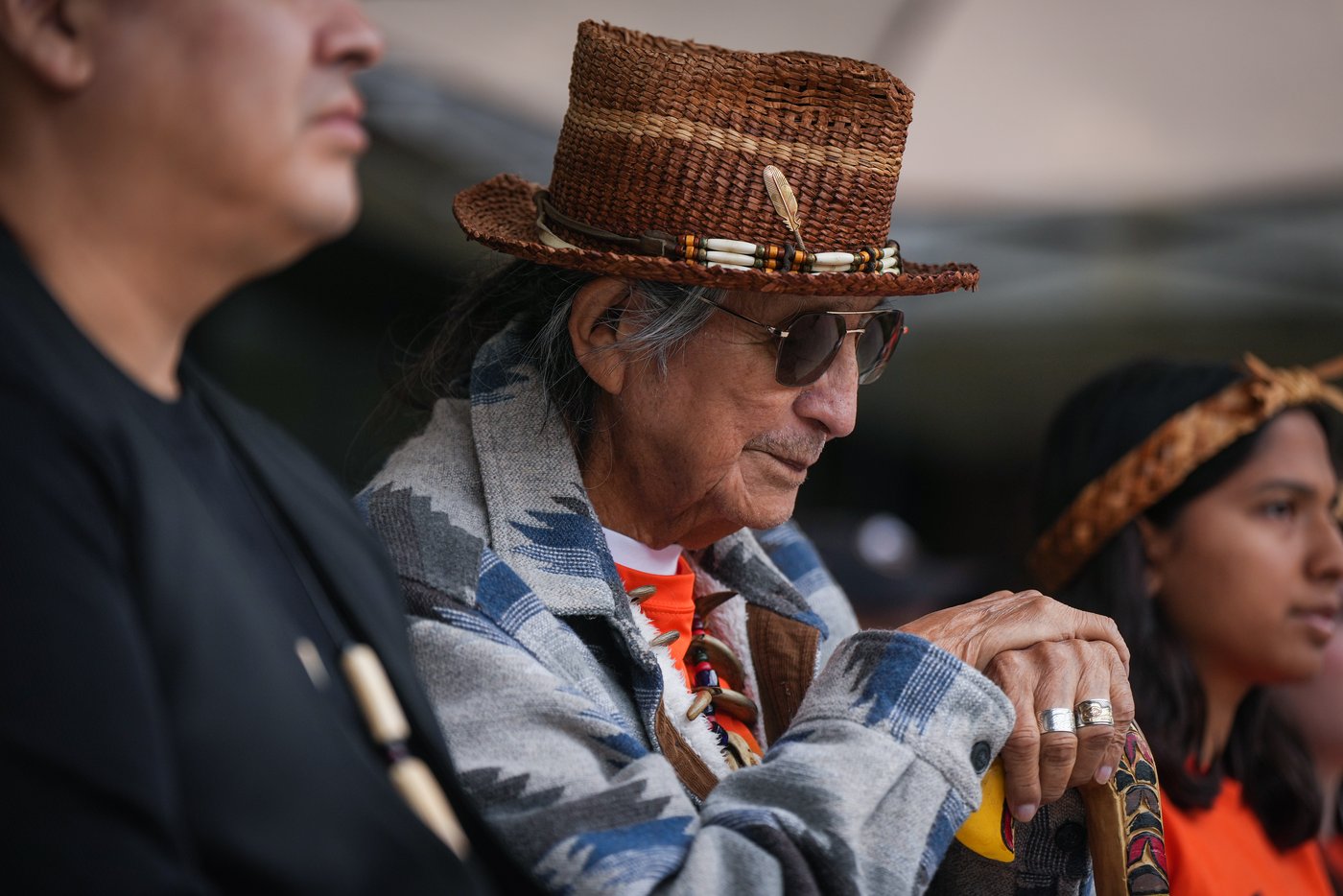
B.C. Residential school survivor says he heals from sharing his stories
VANCOUVER — Squamish Nation elder Sam George says he gets his healing from the violence and abuse he suffered during nine years of residential school by sharing his stories.
The crowd dressed in orange who gathered Tuesday at the University of British Columbia for the National Day for Truth and Reconciliation fell silent when George came to the podium.
The abuse, physical, sexual and mental, sent him into darkness, made him fall in love with alcohol and drugs, and even hurt his wives when he drank, he said.
“I don’t brag about it. I’ve been married five times. I beat my wives, and when I got drunk, they left for their own protection. You know, I had two children. I abandoned them. They’re just starting to come back to me now,” George said, as his voice wavered with emotion.
George said he felt like a “dirty, useless, stupid Indian” after leaving St. Paul’s Residential School in North Vancouver at 15 years old.
Those were the words nuns at the school used to describe him every day, and it took him a long time to rid himself of those feelings and embrace his identity, he said.
The school was one of hundreds of federally funded Christian institutions in Canada where thousands of First Nations, Inuit, and Métis children were forced to attend as part of an “assimilation” policy to strip them from their identities and languages and convert them to Christianity.
Sept. 30, also known as Orange Shirt Day, a statutory holiday in British Columbia, is held to honour the children who died at the schools and for those who survived.
George said he was constantly subjected to abuse at the school and many times he had no idea why he was being punished.
On his first day, two boys from the Musqueam Nation were speaking their language to each other while standing in line.
“I was behind them, and the nun was standing right behind me, and she had a ruler, a yardstick, and the older brother was leaning over, talking to the his younger brother, and the nun was standing there, and she walked up behind him, and she started hitting him with a yardstick,” said George, recalling “her yardstick went flying.”
It was the “beginning of killing our language,” he said. “And that was my very first day of school, trauma, fear, and that’s how the residential school ruled us.”
He said he’s deaf in his right ear because of being hit at the school.
“My left ear rings constantly,” said George, who used a handkerchief several times during his speech to wipe tears away.
George said he received treatment for his addictions and has been drug and alcohol-free for 35 years.
“I would never change my life today. I talk to you because talking to you gives me strength, too. It constantly reminds me where I come from. It reminds me that I could so easily go back if I let myself go.
“I enjoy life because today, whenever I do, I can get up and go home and not feel guilty about it.”
Hundreds of people, many of them students at the university, later marched to commemorate the national day, ending at The Reconciliation Pole, installed at the university in 2017 as a symbol of reconciliation and healing for Indigenous Peoples.
Shreya Shah, a third-year engineering student, said education and hearing the stories of survivors are critical to the way forward.
“Reconciliation is not just about wearing an orange shirt one day a year. It’s about actively trying to change our systems across this country to be more inclusive, to support solidarity with Indigenous communities and to have justice for everyone,” said Shah.
B.C. Premier David Eby and Gregor Robertson, the federal minister of housing and infrastructure, had also joined the event.
Eby said in a video posted on social media that it’s important to listen to survivors’ stories and recognize their courage and strength, and “we should learn from their experiences.”
“We stand with the survivors of these depraved institutions and the survivors of the intergenerational trauma that started within their walls.”
“Together, we recommit to walking the path of truth and reconciliation.”
This report by The Canadian Press was first published Sept. 30, 2025.
Join the Conversation!
Want to share your thoughts, add context, or connect with others in your community?
You must be logged in to post a comment.







